RAN proteins and RNA foci from antisense transcripts in C9ORF72 ALS and frontotemporal dementia
- PMID: 24248382
- PMCID: PMC3870665
- DOI: 10.1073/pnas.1315438110
RAN proteins and RNA foci from antisense transcripts in C9ORF72 ALS and frontotemporal dementia
Abstract
The finding that a GGGGCC (G4C2) hexanucleotide repeat expansion in the chromosome 9 ORF 72 (C9ORF72) gene is a common cause of amyotrophic lateral sclerosis (ALS) and frontotemporal dementia (FTD) links ALS/FTD to a large group of unstable microsatellite diseases. Previously, we showed that microsatellite expansion mutations can be bidirectionally transcribed and that these mutations express unexpected proteins by a unique mechanism, repeat-associated non-ATG (RAN) translation. In this study, we show that C9ORF72 antisense transcripts are elevated in the brains of C9ORF72 expansion-positive [C9(+)] patients, and antisense GGCCCC (G2C4) repeat-expansion RNAs accumulate in nuclear foci in brain. Additionally, sense and antisense foci accumulate in blood and are potential biomarkers of the disease. Furthermore, we show that RAN translation occurs from both sense and antisense expansion transcripts, resulting in the expression of six RAN proteins (antisense: Pro-Arg, Pro-Ala, Gly-Pro; and sense: Gly-Ala, Gly-Arg, Gly-Pro). These proteins accumulate in cytoplasmic aggregates in affected brain regions, including the frontal and motor cortex, hippocampus, and spinal cord neurons, with some brain regions showing dramatic RAN protein accumulation and clustering. The finding that unique antisense G2C4 RNA foci and three unique antisense RAN proteins accumulate in patient tissues indicates that bidirectional transcription of expanded alleles is a fundamental pathologic feature of C9ORF72 ALS/FTD. Additionally, these findings suggest the need to test therapeutic strategies that target both sense and antisense RNAs and RAN proteins in C9ORF72 ALS/FTD, and to more broadly consider the role of antisense expression and RAN translation across microsatellite expansion diseases.
Keywords: clustered aggregates; cytoplasmic inclusions; noncoding RNA.
Conflict of interest statement
Conflict of interest statement: T.Z. and L.P.W.R. are listed as inventors on pending patents on RAN proteins.
Figures
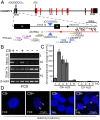
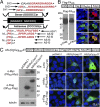
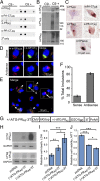
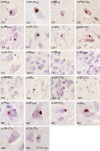
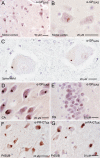

References
-
- Majounie E, et al. Chromosome 9-ALS/FTD Consortium French Research Network on FTLD/FTLD/ALS ITALSGEN Consortium Frequency of the C9orf72 hexanucleotide repeat expansion in patients with amyotrophic lateral sclerosis and frontotemporal dementia: A cross-sectional study. Lancet Neurol. 2012;11(4):323–330. - PMC - PubMed
-
- Gijselinck I, et al. A C9orf72 promoter repeat expansion in a Flanders-Belgian cohort with disorders of the frontotemporal lobar degeneration-amyotrophic lateral sclerosis spectrum: A gene identification study. Lancet Neurol. 2012;11(1):54–65. - PubMed
Publication types
MeSH terms
Substances
Grants and funding
LinkOut - more resources
Full Text Sources
Other Literature Sources
Medical
Research Materials
Miscellaneous

